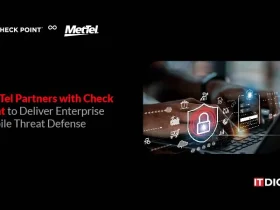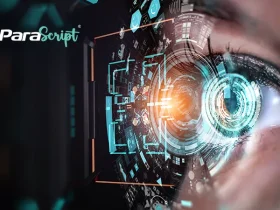Cribl, the leader in enabling open observability, today announced the completion of its Service Organization Control 2 (SOC 2) Type II security compliance attestation. SOC 2 ensures compliance with worldwide industry standards for data security and enables enterprises to be confident in using Cribl in their observability and cybersecurity environments. This announcement builds on Cribl’s momentum, following its recent $150 million Series D funding round and announcement of its newest product, Cribl Search.
Today’s cybersecurity landscape is increasingly complex and the range of tools in use generate an unprecedented amount of data. Cribl’s approach to open observability allows cybersecurity teams to easily ingest, enrich, and redact data from across their security toolsets, ensuring teams never miss critical signals in a sea of noisy, high volume data.
SOC 2 standards are established by the American Institute of Certified Public Accountants (AICPA) and address security controls such as organization and management, monitoring of controls, communications, risk management, and more. The Type II evaluation means brand manufacturers using Cribl Suite to collect, enrich, distribute, and search their observability and cybersecurity data can feel confident in the secure design and operating effectiveness of the Cribl Suite, having gone through a rigorous security verification process.
“From advanced, persistent threats to remote work and ransomware, the stakes for cybersecurity leaders have never been greater,” said Clint Sharp, CEO and Co-Founder of Cribl. “Our users are finding that converging observability and cybersecurity practices and tools give them improved detection capabilities, more control over their security data, and better operational efficiencies.”
Also Read: SentinelOne and Okta Integration Accelerates Incident Response with XDR and Identity Security
Cybersecurity teams are already relying on observability practices and tooling to gain new insights. According to ESG’s “Observability from Code to Cloud” survey, 41 percent of respondents are using observability tooling to improve their security posture and help with vulnerability detection and impact analysis. Fifty-two percent of respondents found observability solutions improved their ability to detect security-related signals in observability data.
Many of the industry’s leading cybersecurity providers are also realizing how cybersecurity and observability can combine to enable greater protection across enterprise systems. The integration of an observability layer into an organization’s security practice provides a full grasp of potential business risk, and allows teams to interrogate security data wherever it lives, which is critical to effectively combating threats in an ever-changing security landscape.
“Time is mission-critical in securing an organization’s most valuable asset – its data,” said Daniel Bernard, Chief Marketing Officer at SentinelOne. “With Singularity XDR, we’ve converged EPP and EDR, taking our platform beyond the traditional endpoint. Observability is the next link in the chain to transforming cybersecurity in the era of XDR, minimizing the time between detection and response.”

































